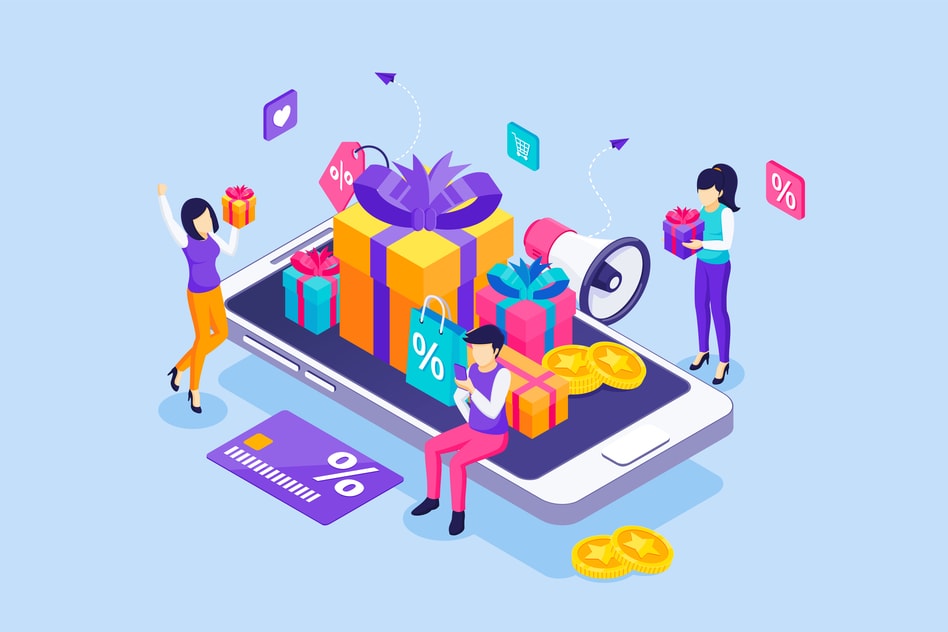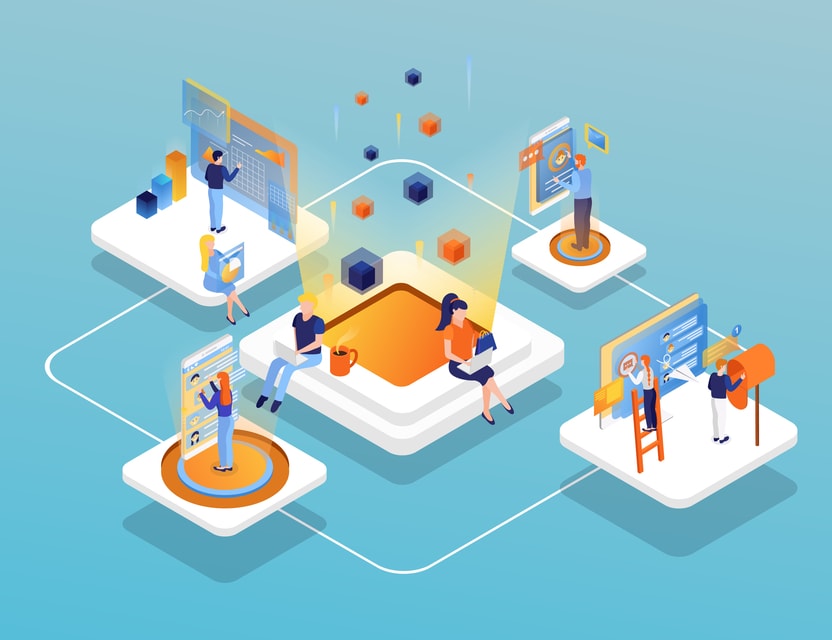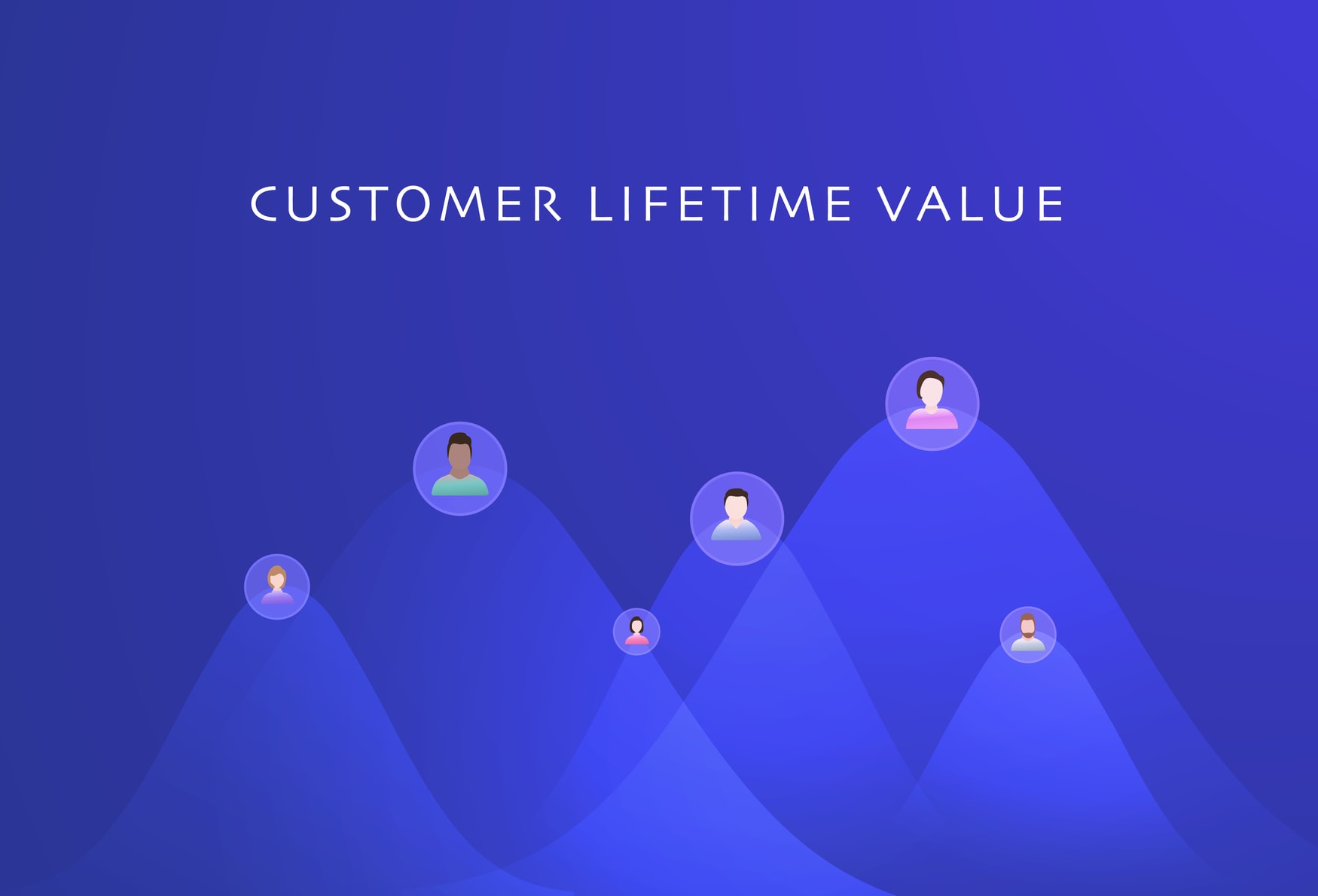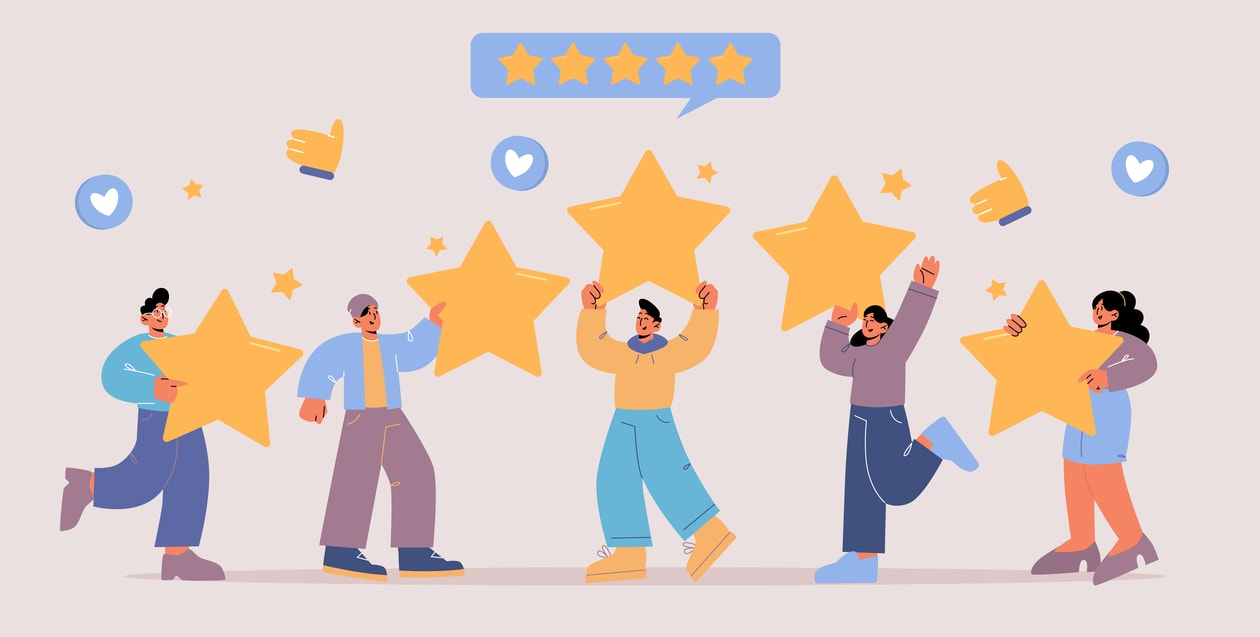Creating and maintaining a loyal customer base is essential for any business, regardless of its size or industry. While there are many ways to segment customers, loyalty segmentation is one of the marketers’ most popular techniques. There are several reasons why this approach is so successful, and we’ll take a look at some of them in this post. Keep reading to learn more!
What is Loyalty Segmentation?
Loyalty segmentation is dividing customers into groups based on their level of loyalty to a brand or company. This allows marketers to create targeted campaigns and offers designed to appeal to each group’s specific needs and desires.
As the customer loyalty landscape becomes more competitive, marketers are turning to loyalty segmentation to better understand and engage their most valuable customers. By understanding each loyalty group’s different needs and behaviors, marketers can create more targeted and effective loyalty programs that drive long-term customer relationships.
Any loyalty program worth its salt will have some form of segmentation in place. The most common way to segment customers is by their level of engagement with the program. And since the loyalty programs are designed to increase customer engagement, it only makes sense that the most engaged customers would be the most valuable to the company.
Difference Between Customer Segmentation and Loyalty Program Segmentation
There are many different ways to segment your customers, but customer segmentation and loyalty program segmentation are two of the most popular methods. So, what’s the difference between the two?
Grouping customers
The main difference between customer segmentation and loyalty program segmentation is how customers are grouped. Customer segmentation involvesgrouping customers based on shared characteristics, while loyalty program segmentation groups customers based on their interactions with your brand. As a result, customer segmentation focuses on demographics and psychographics, while loyalty program segmentation focuses on behavior.
Types of data used
The type of data used in loyalty segmentation can vary depending on the business and what they are trying to achieve. However, some of the most common types of data used include:
- Demographic data: This includes information like age, gender, income, location, etc.
- Behavioral data includes information about past purchase behavior, web browsing behavior, etc.
- Psychographic data: This includes information about lifestyle, personality, values, etc.
Goals
The goals of customer segmentation and loyalty program segmentation can also vary. However, some of the most common goals of customer segmentation include:
- Improving customer acquisition
- Improving customer retention and customer stickiness
- Increasing customer lifetime value
Loyalty program segmentation typically has different goals, such as:
- Increasing customer engagement
- Improving customer loyalty
- Increasing repeat purchase behavior
Implications
Customer segmentation and loyalty program segmentation can have different implications for your business. For example, customer segmentation can help you tailor your marketing messages to specific groups of customers, while loyalty program segmentation can help you improve the effectiveness of your loyalty programs.
Additionally, customer segmentation can help you identify new market opportunities, while loyalty program segmentation can help you improve customer retention.
Time of use
Customer segmentation is typically used before a customer interacts with your brand, while loyalty program segmentation is typically used after a customer has already interacted with your brand. For example, you might use customer segmentation to target potential customers with specific marketing messages. Then, once they become customers, you can use loyalty program segmentation to improve their experience and encourage them to keep doing business with you.
While customer segmentation and loyalty program segmentation are two different things, they can be valuable tools for marketers. By understanding the differences between the two, you can choose the right approach for your business goals.
Do you want to create effective loyalty segmentation to improve customer relationships?
Reasons Marketers Use Loyalty Segmentation
When it comes to customer loyalty, marketers are always looking for ways to segment their audiences. After all, not all customers are created equal. Some are more valuable than others, and some may be more likely to stick around (or defect) based on specific behaviors or characteristics.
That’s why loyalty segmentation is such a powerful tool for marketers. By segmenting customers based on their loyalty score, marketers can more effectively target their communications and offers to the right people at the right time.
There are a number of reasons why marketers might use loyalty segmentation, but here are a few of the most common:
Identify customers who are at risk of defecting
The first and most obvious reason to use loyalty segmentation is to identify customers at risk of defecting. By segmenting customers based on their loyalty score, marketers can more effectively target communications and offers to those most likely to leave. As the customer retention rate is often lower than the acquisition rate, this can be a powerful way to keep customers from leaving. The average customer’s location, age, gender, and income are important factors to consider when determining who is most at risk of defecting.
Increase the customer lifetime value
Another reason to use loyalty segmentation is to increase customer lifetime value. By identifying and targeting high-value customers or having the potential to become high-value, marketers can increase the amount of revenue they generate from each customer. This, in turn, can lead to increased profits and a more sustainable business.
The customer loyalty segmentation can help marketers focus on the right customers and increase customer lifetime value. In building customer loyalty and focusing on the right customers, marketers can increase customer lifetime value. This, in turn, can lead to increased profits and a more sustainable business.
Improve customer engagement
Another benefit of loyalty segmentation is that it can improve customer engagement. By targeting communications and offers to customers who are more likely to be engaged, marketers can increase the likelihood that those customers will take action. The customer lifetime value of more engaged customers is also typically higher, which can be a great way to boost ROI.
If your marketing efforts struggle to engage customers, consider segmenting your audience by loyalty to improve results. If the customer behavior data shows that certain loyalty segments are more engaged than others, focus your efforts on those segments to improve customer engagement overall.
Increase customer retention
Another key benefit of loyalty segmentation is that it can help you increase customer retention. By understanding which customers are most loyal to your brand, you can target them with loyalty programs and other retention-boosting initiatives. The behavioral data that loyalty segmentation provides can also help you identify at-risk customers and take steps to keep them from leaving.
Even if your existing customers are happy with your product or service, they may be lured away by a competitor’s offer. By segmenting your customer base and understanding their individual needs, you can keep them loyal to your brand.
Drive cross-selling and upselling
Loyalty segmentation can also be used to drive cross-selling and upselling initiatives. By understanding which products or services your most loyal customers purchase, you can target them with offers for complementary products or services. For example, if you know that a customer frequently purchases a certain product, you can offer them a discount on a related product.
The marketing segmentation strategy can also target customers with high potentialfor upselling. By understanding which products or services your most loyal customers are interested in, you can target them with offers for more expensive versions of those products or services.
Drive incremental sales and brand awareness
Loyalty segmentation can also help marketers identify ways to increase sales and brand awareness. By understanding which customers are the most loyal, marketers can target specific segments with special promotions or loyalty programs that encourage them to buy more or tell their friends about the product or service.
Additionally, if your most loyal customers are your biggest advocates, you can harness their power to generate positive word-of-mouth marketing for your brand. During the customer journey stage of the marketing funnel, this is especially important as it can help increase brand awareness and sales at the same time.
Decrease customer churn
Loyalty segmentation can help marketers decrease customer churn. By understanding which customers are most loyal to their brand, marketers can target these individuals with special offers or loyalty programs that keep them coming back. Your marketing strategy should keep your most valuable customers happy and engaged with your brand. Even if it costs a bit more to keep them around, it’ll be worth it in the long run.
Additionally, by understanding the needs and wants of different segments, marketers can tailor their messages to appeal to each group, increasing loyalty and decreasing churn. Incorporating mobile marketing statistics can further refine our segmentation strategies, highlighting the growing importance of mobile channels in maintaining and enhancing customer loyalty. Many loyalty programs are available to help you achieve this.
Use effective loyalty segmentation in your marketing campaign now!
How to Implement Loyalty Segmentation
There are many ways to implement loyalty segmentation, and let us look at a few:
By customer type
This is probably the most common method used by businesses. You can segment your customers by their buying behavior, how often they purchase, how much they spend, etc. This allows you to target your marketing efforts more effectively and increase customer loyalty.
By product type
Another popular method allows you to focus your marketing on specific products or product lines. This can be especially effective if you have a new product that you want to promote or an existing product that is not selling well.
By geography
This is useful if you have customers in different parts of the world or even in different states. It allows you to tailor your marketing campaigns to each geographic area and ensure that your message is relevant to the local market.
By demographic
This is a more general way of segmenting your customers, but it can be effective nonetheless. You can segment by age, gender, income level, etc. This allows you to target your marketing more effectively and make sure that you reach your target market.
There are many other ways to segment your customers, but these are some of the most common. The important thing is to find a method that works for you and your business. Try out different methods and see what works best for you.
Final Words on Loyalty Segmentation
At last, it can be said that loyalty segmentation is a powerful marketing tool that can help marketers to improve customer relationships, identify and target new prospects, and create more personalized marketing messages. By using loyalty segmentation, marketers can obtain valuable insights about their customers that would otherwise be difficult to obtain. In addition, it can help marketers save time and money by reducing the need for research and surveys.
So, if you want to improve your customer relationships, identify new prospects, and create more personalized marketing messages, consider using loyalty segmentation in your marketing campaigns.
GrowthHackers is an experienced growth hacking firm helping businesses from all over the world grow. There is no fluff with Growth Hackers. We help entrepreneurs and business owners use loyalty segmentation in their marketing campaigns, generate qualified leads, optimize their conversion rate, gather and analyze data analytics, acquire and retain users and increase sales. We go further than brand awareness and exposure. We make sure that the strategies we implement move the needle so your business grow, strive and succeed. If you too want your business to reach new heights, contact GrowthHackers today so we can discuss about your brand and create a custom growth plan for you. You’re just one click away to skyrocket your business.








